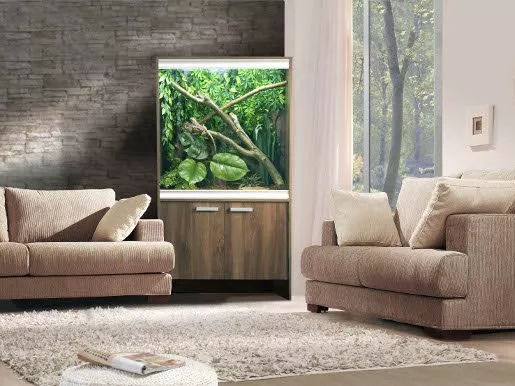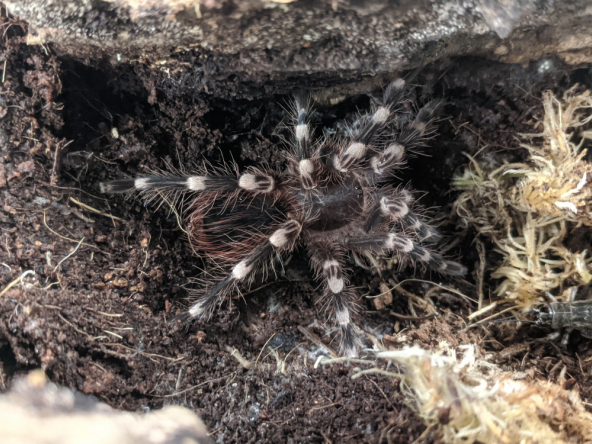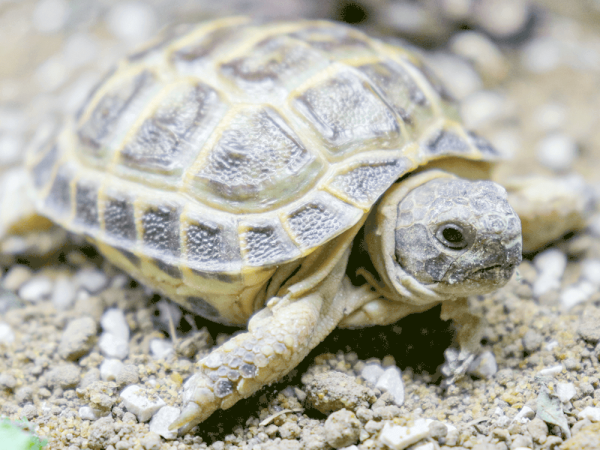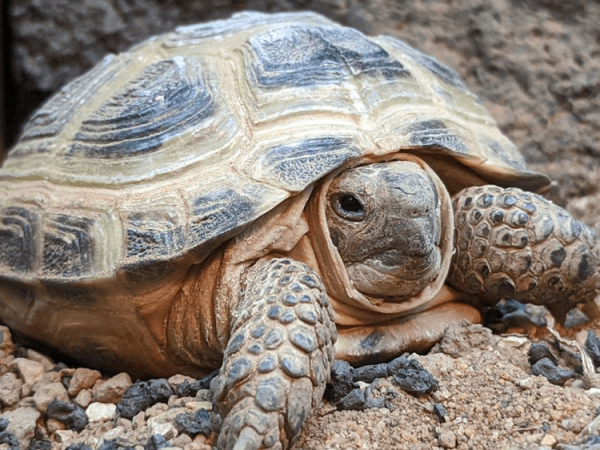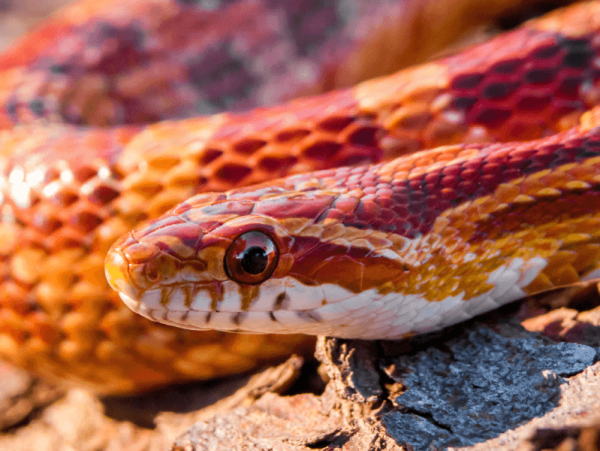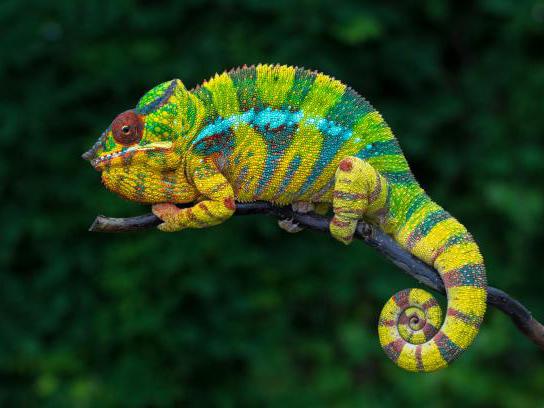What size vivarium or terrarium do I need for my new reptile?
The nature of this question is of course highly subjective, but with the multitudes of advice and hundreds of different makes and models of reptile homes available, the confusion surrounding size of captive reptile habitat is understandable.
It's something that our team at Swell Reptiles gets asked a lot, and while there is no true perfect answer, we are at least able to point you in the right direction.
At Swell we have tried to make it easy by creating discounted and specialised kits for each reptile species based on their physiology and age, where Bronze is suitable for Hatchling reptiles, Silver for juvenile and Gold for adult herps.
Whether you have your heart set on a particular reptile, or you are looking first at the size of habitat needed to then narrow down your choice of new pet, take a look at our species-based guide below:
Bearded Dragons Vivariums
A phenomenally popular reptile in the UK, Bearded Dragons start off pretty small as hatchlings - around the 4 inch mark in length, making them suitable for dry vivarium habitats of dimensions 120 x 60 x 60cm such as some Exo Terra models.
This is fine for hatchlings and juveniles, however Bearded Dragons can live to around 5 to 10 years old and reach typical sizes of 23" in length, so if you are going to get a medium sized vivarium like this one, you need to realise that while it is perfect for the moment, you will most likely need to upgrade to one of the larger Bearded dragon vivariums of around 4ft in length.
There is some debate as to whether adult Bearded dragons can be housed together as pairs of males tend to fight for dominance and can cause each other serious injury, but 2 females can often cohabitate as well as breading pairs, but extra-large vivariums are required for this to keep them happy.
Leopard Gecko habitats
Best kept in wooden vivariums for their insolating properties, Leopard geckos are best kept in medium sized 3ft vivariums once they reach adult size, although smaller ones can be used easily when they are still hatchlings.
Crested Geckos
Prior to 1994, the consensus was that Crested Geckos were extinct, however now you can have on in your home, and they are best kept in glass terrariums with plenty of head room for climbing. We think the minimum size for an adult is a 90x45x45cm terrarium, but in all honesty you can go as big as you like as they can be kept in number. Just make sure it is sealed and they have the UV and the moisture they require to live properly.
Chameleons
Even Pygmy Chameleons are best kept in larger terrariums, and normal sized adults are best kept in nice large, moist arboreal terrariums of around 57.5cm x 49cm x 91.5cm (24" x 19" x 36") as a minimum. Once again, a moist environment is key with plenty of climbing room.
Corn Snakes & Other Terrestrial Snakes
Corns, like most snakes, are a bit of a funny one to house. Most of us really care about our pets and usually our logic regarding their habitat is to try and replicate their natural surroundings as much as possible, which usually means 'the bigger the better'.
Generally speaking, snakes are a bit of an exception to this rule and as a very general rule (individual snakes may prefer it differently), you are best providing your snake with a vivarium or terrarium that is roughly just over half their size in length, EG. a 6 foot long corn snake will most likely prefer a 4 foot vivarium.
This is partly because snakes only move about and hunt when they actually want to feed. In fact most don't really hunt at all, but simply lie in wait near a water source for weeks or months on end and bide rest until a prey opportunity presents itself.
Because of this, hiding is part of their DNA and so they tend to just put themselves away and lie in wait, negating the need for a large vivarium, in fact sometimes an environment that is too large can scare them, causing long periods of inactivity and removing their will to feed. Our Corn Snake starter kits are tailor-made for corns at each stage of their life so you can use them as a guide.
Royal/Ball Pythons
Royal pythons (or Ball Pythons if you are American) are much the same as corn snakes in their treatment of body-size to environment size ratio, but obviously get a little bigger. Adult sized Royals need large vivariums of around 4ft in length to remain happy and healthy.
Boas
Boas are a little different to the snakes we have just described. Ok, so adult boas still need that slightly snugger fit (roughly half their body length), however they are climbers and prefer plenty of headroom and branches to raise themselves up off the floor with. For this reason, you need an Arboreal Vivarium of around 86cm x 49cm x 91.5 (34" x 19" x 36").
Rainforest Frogs
This is very species dependent, but most rainforest frogs will like plenty of climbing room and a nice moist environment like chameleons, so try something like a Glass terrarium 30 x 30 x 45cm (12" x 12" x 18") as a minimum, and if you get more don't forget there are bigger terrariums out there.
Blue Tongue Skink
Fast growing in popularity in the UK, these guys need roughly the same dimensions as an adult Bearded Dragon.
Tortoises
Once again, this is a little species dependent, and while some people use vivariums successfully, we usually advise trying a tortoise table of 90cm x 45cm x 21.5cm (35.4" x 18" x 8.5") for most breeds and species.
Turtles
Arguably, with turtles you have practically entered the world of aquariums, but there are specialised turtle and terrapin habitats available that measure roughly 60cm x 45cm x 45cm.
Size Matters
When it comes to housing any pet, research is key and hopefully this blog post has given you a starting point, but keep going before you decide to get a new reptile and look at the pros and cons of each housing unit carefully.




